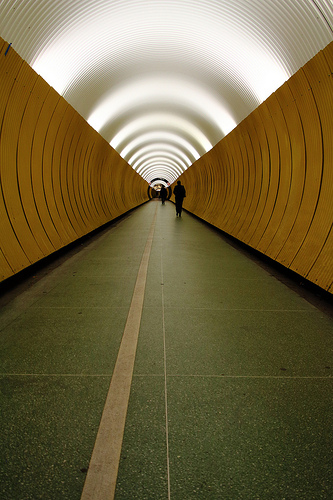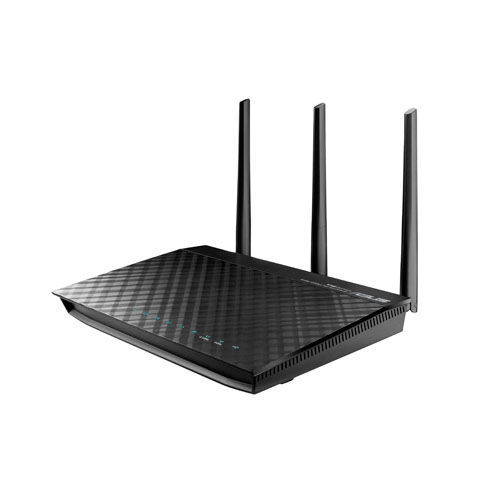A cure for expat homesickness
Living abroad is an adventure and thrill. There is a ton to explore and learn as you are immersed in a new culture. But, for families or individuals who find themselves living abroad for months or years at a time the culture shock eventually wears. At some point, feeling homesick, and maybe a little lonely, is only natural. A dose of home can be just the thing to get you through those dark times.

Nothing is more frustrating than wanting to watch a video or access a website online and getting the dreaded, “This content is not available in geographic area” message. This can happen for a few reasons. Sometimes the country of your residence is blocking content and sometimes the content providers have only sold the rights to a specific geographic area. These blocks can happen on anything from music, movies, television, to sports.
Part 1: VPN Service
Believe it or not, it’s fairly easy to get around these online content restrictions. Most content providers use something called an IP address to track where you are physically located online. This is how they decide whether or not to serve content to you. If you change your IP address location to a city where the website, movie, or game is served the restriction is lifted and you are free to watch what you please.
What is an IP address?
An IP address is a string of numbers that uniquely identifies a device on the internet. Unless masked with a VPN, your online traffic can be tracked via your IP address, back to your internet connected device.
Changing an IP address is as simple as subscribing to a consumer VPN service like StrongVPN, My Expat Network, or IPVanish. This inexpensive service “tunnels” your traffic through a server in a city location of your choice, masking your IP address with theirs.

A VPN tunnel creates a private communication channel for your online traffic.
The VPN providers IP address is the one that actually talks to the content providers server then hands the content back to your home network. With a few clicks of the mouse you can be “virtually” anywhere in the world! Many VPN providers have servers in dozens of cities, but be sure to check that your location of choice is available before starting a subscription.
Pro Tip!
Choose the city that is geographically closest to you, while still being able to serve your content. Physical proximity helps your traffic speed.
If you are like most people, you like to watch the big game or latest thriller on your big screen television - not a computer or tablet. VPN providers use a small program to run the protocols that change your IP address. The problem is these programs are designed for computers so you can’t run VPN on media streaming devices like a Roku. To solve this problem, you’ll need a VPN router.
Part 2: VPN router
Setting up a VPN router is fairly easy. The program that runs the VPN is built directly into the router turning your wireless signal into a VPN tunnel. Sabai OS is the easiest to use, but DD-WRT will also work. To use your service on the router, you will need to log into the interface (directions will be provided to you) and navigate to the VPN section. Here, you will input the credentials from your VPN provider.
Pro Tip!
When choosing a VPN router to stream content be sure to look for the highest available CPU. Powerful hardware helps streaming speed.
Once the VPN is running on the router every device in your home now has a relocated IP address. If this total IP relocation is inconvenient, pay special attention to Sabai OS as an option. Sabai OS has an exclusive feature called Gateways which allows multiple traffic gateways - meaning access to both VPN and local from one network signal. You can choose which devices you want to access local content and which you would like to stream VPN.

Do Even More!
Add a VPN Accelerator with Proxy to have device-by-device and browser-by-browser traffic control. With this setup, you can take your network experience to a whole new level.
Once the VPN service is up and running, some media streaming devices may need to be reset. This is because location is often registered at initial use. If you have a new device, we recommend setting it up after the VPN is in place.
If it were up to us, the internet would have no borders! The nice thing though about a VPN setup is that it is a permanent solution. If you are an expat or deployed abroad for months or years at a time, a VPN is a great way to feel a connection to home. You can come home at the end of a long day and use your remote control to watch what you wish, not what the content providers say you can.
Recent Posts
-
What You Need to Know to Donate Safely Online
Cybersecurity has become an increasingly critical issue in the digital age. For instance, in 2016, m …Mar 10th 2022 -
What is a Default Gateway?
A default gateway is where all your internet traffic goes first before leaving your network. That’s …Jan 4th 2022 -
Essential Cybersecurity Tools Every Business Needs
IT infrastructures across organizations are now more complex than ever. Given the increasing number …Nov 29th 2021



